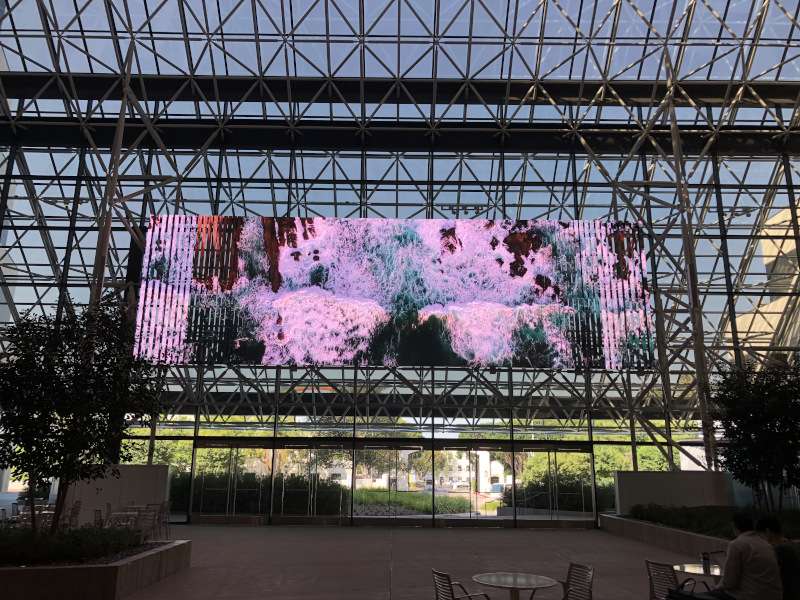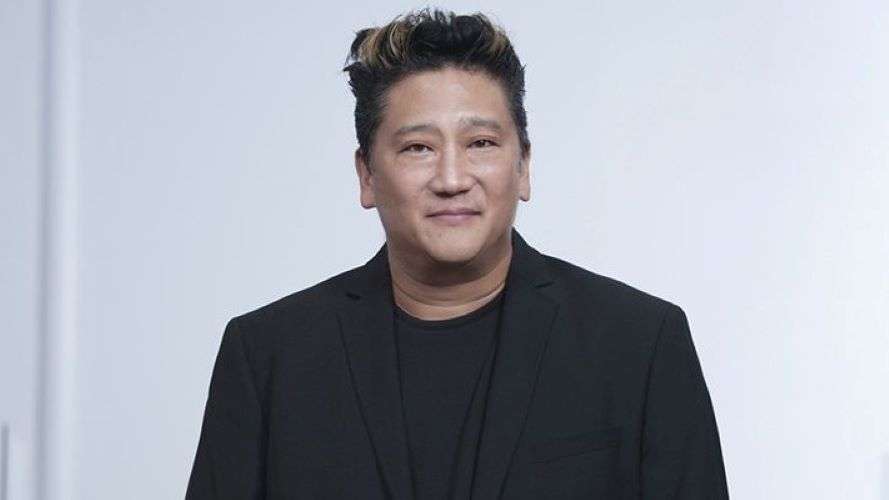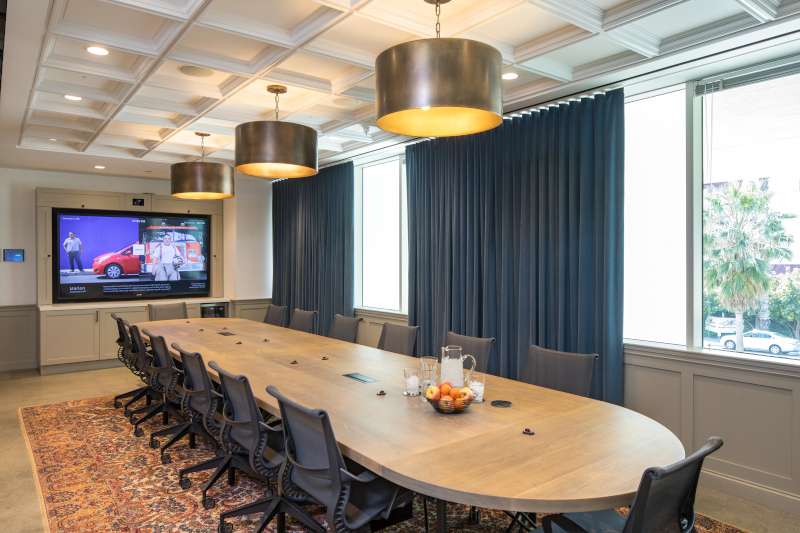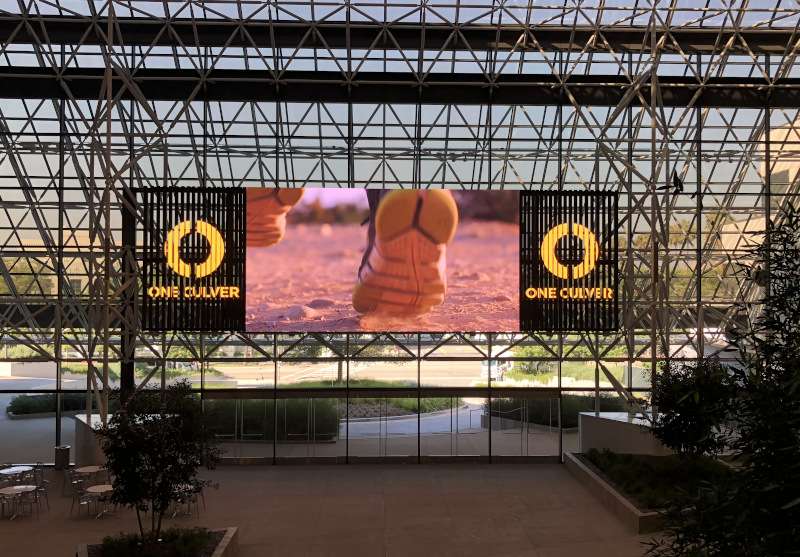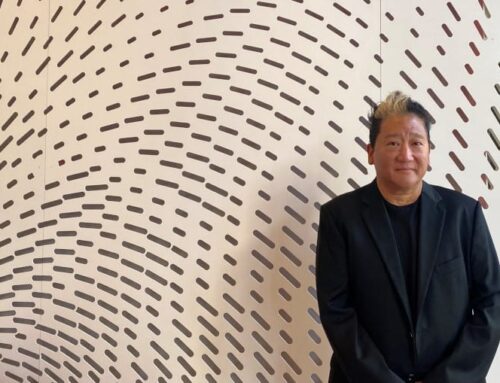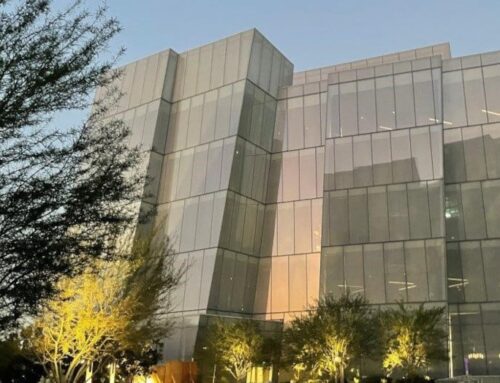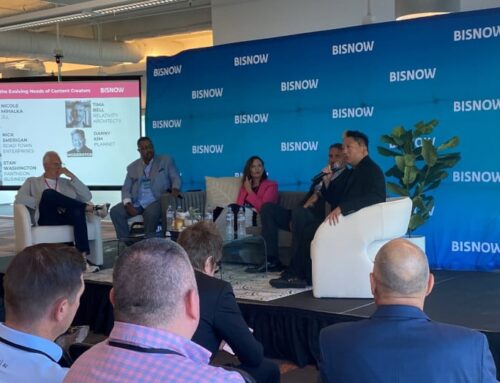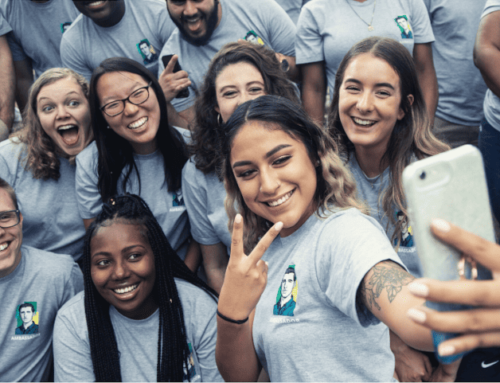Today, we are sitting down with Danny Kim, a PLANNET Principal, and our Senior AV Design Engineer. Danny Kim has been designing technology solutions since 1988 and is the former IT Director of Riot Games and The Ellison Institute for Transformative Medicine. Danny brings a wealth of knowledge and cutting-edge design expertise to our AV practice as well as the audiovisual industry. Danny’s ability to manage large-scale and technically complex projects while fostering innovation and creating a simplified uniform user audiovisual experience is the foundation of his outstanding track record.
Danny Kim, Principal, Senior AV Design Engineer
Q- What are most audiovisual clients implementing into their spaces?
DK: The number one thing we are implementing and designing right now is Zoom/Teams rooms. A hybrid work environment is the new norm and part of our reality post-COVID-19. The ability to create and have a user experience that can be parity no matter where you are whether it is in the office or at home is vital to recreating connections. More leading-edge companies started this hybrid work environment transition around 2018. We have converted many clients away from traditional video conferencing in the recent past. Now, other companies that did not previously take these steps are scrambling trying to figure out hybrid environments.
Q- What kind of spaces do you primarily work in?
DK: My team primarily works in standard conference rooms, small medium and large huddle spaces, auditoriums, lobbies, etc. The challenge comes when the client wants to do a town hall in a hybrid environment. We strive to create a solution for offsite workers to not just participate but also experience ad hoc environments that are non-disruptive to the natural flow of a discussion. Our goal is to create as natural of an interaction and as close to a traditional in-person experience as possible. This promotes “popcorn” conversations and collaboration efforts that can be experienced from anywhere that don’t break the flow of conversation.
Uber board room, Santa Monica, CA
Q-What is the most exciting up-and-coming technology in the industry?
DK: This isn’t exactly up and coming per se because it is already here, but the use of direct and large view dvLED displays in corporate environments and the movement away from traditionally used projectors. The quality is vastly superior with dvLED displays. Additionally, the cost of ownership is incredibly low which makes this a big draw for clients. There is an all-around “wow” factor that you get from dvLED that you just cannot get with a projector. In regards to audio, beam forming technology for speakers and microphones continues to improve. Finally, one of the most exciting technologies in the audiovisual sector is the utilization of Artificial Intelligence in auto-tracking cameras. The concept is, you install a 4k camera, through AI you can identify who the speaker is during a video call and automatically zoom in on them.
dvLED installation, One Culver, Culver City, CA
Q- What are the recommendations you most often make to clients during projects?
DK: My recommendation is to commit and pick your video conferencing platform. This is the number one thing. As soon as the client requests to use more than one conferencing platforms such as Teams and Zoom, things become more complex. We cannot create a simplified “one-push” solution to start a meeting. For example, if a client is solely committed to using the Zoom platform, they have the ability to go into a conference room and press one button on the touchscreen to get their meeting started. Conversely, if there are multiple platforms in contention, this simplicity goes away. Ultimately, flexibility equals complexity in this regard. Our team can narrow the scope by increasing simplicity.
Q-What has been your favorite project to work on?
DK: One of my favorite things I have been able to work on is a 270-degree immersive video room. The display acts as one massive wall and is used to pitch new ideas within the company. The use of LED display technology creates phenomenal video quality and helps to create the effect of true immersion. I also really enjoy getting to design and create Dolby Atmos theaters which are primarily used for test screenings at large film production companies.
Q- What are the biggest technical challenges your clients most often come across?
DK: The challenges have little to do with technology and more to do with the physical constraints of a space. The acoustics and physical constraints of a room present the two biggest challenges. People need to pay more attention to what kind of furniture they are using. Sound reflects off of furniture and can create audio issues like sound reflection, bounce back, and echoing. In order to combat this, we have excellent engineers who know how to dial in things with digital signal processing (DSP) so that the microphones are smart enough to reject the feedback, and by using as many sound-dampening features as possible.
Q- What makes PLANNET’s audiovisual team so unique? What sets PLANNET apart to our clients?
DK: We have lived on the operational side, so we understand the operational impact of technical design and implementation. Most importantly, we fully understand both the positive and negative impacts on operations. We consider all things like, how is the client going to maintain the tech? Integrators and designers never have to take these long-term scenarios into consideration; therefore, it is a blind spot for them. We here at PLANNET have lived through all aspects of operations so we truly understand the client better than anyone else can.”
Q- What do you see as future advancements in the audiovisual industry?
DK: The use of Artificial Intelligence to make the user experience more seamless and personal. To expand, through machine learning and AI, we have that ability to get those auto-tracking and beaming of the audio features to make it feel like everyone has their own personal camera/audio in a huge room. This technology holds so much promise in making the end-user experience more seamless and personable, especially in the rapidly evolving hybrid work environment.
Looking to upgrade your audiovisual experience and other workplace technology? Please feel free to reach out for a consultation on how PLANNET can help you update and modernize your infrastructure.


